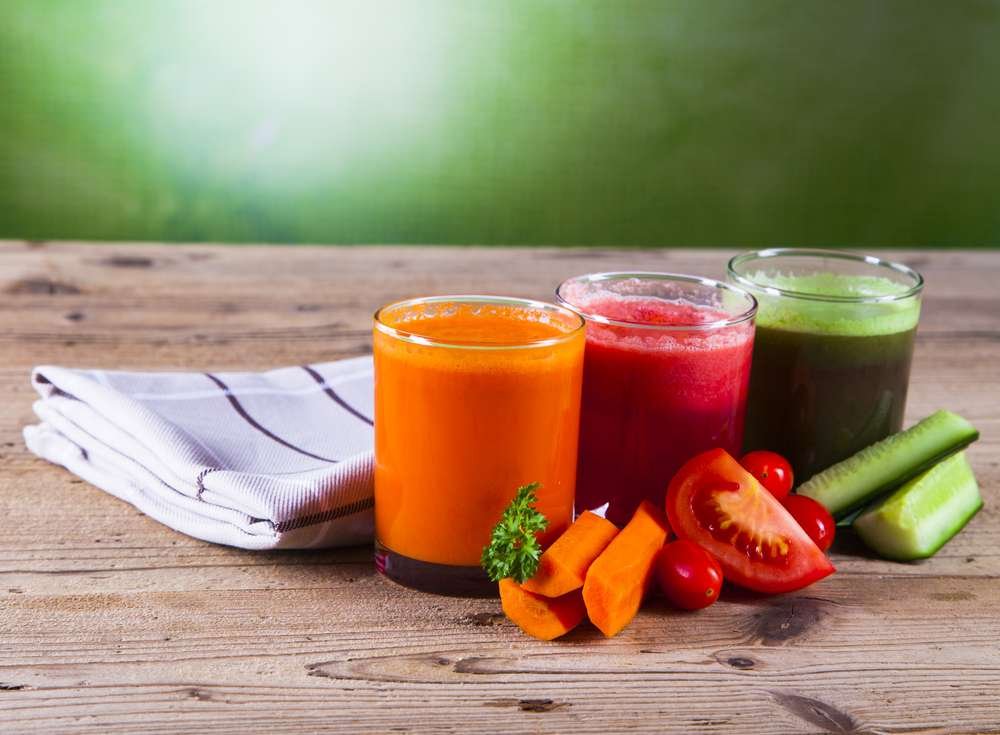The terms Juicing vs Blending are often used interchangeably, even though each refers to something different. To make it worse, some individuals mistake the names of the appliances used in each juice preparation method, one for another. I have many friends who will refer to a juicer as a blender and vice versa, despite me having educated them on the difference between the two appliances like a thousand times. Other individuals believe that both mean the same thing. But as it turns out, that’s not very accurate. A juicer is one thing a blender is quite another.

When you do not know the difference between juicing and blending, it is easy to select the wrong product when shopping for a fruit juice appliance. So is when you do not know the distinction between a juicer and a blender.
The Difference between Juicing and Blending
Juicing and blending differ only in terms of what’s left out of the process. With the former, you’re essentially removing all fibrous materials, leaving only the juice of the fruit or vegetable. With the latter, on the other hand, you get it all — the juice and all the materials that form part and parcel of the fruit or vegetable, including fiber. Do you understand the difference now? Awesome, now let’s see the distinction between a juicer and a blender:
The Difference between a Juicing vs Blending
A juicer is an appliance that makes fruit juice by crushing fruits and vegetables and removing fiber alongside other solid material such that the end product is 100% liquid, as opposed to anything else. A blender, on the other hand, crushes fruits and vegetables to make juice. Since it does not separate fiber, the end product may not be entirely in the liquid form. Instead, you will get a pulp or a thicker liquid compared to that which will come out of a juicer.
Which Is Healthier Between Juicing vs Blending?
To answer the question, let’s compare and contrast the advantages of each fruit juice preparation method, starting with juicing. According to healthline.com, here are the advantages of juicing and blending, respectively:
1.Juicing
I. Vitamins and Nutrients
The first benefit of the juicing method is that it allows you to obtain more concentrated amounts of vitamins, minerals as well as other nutrients. Primary fruit vitamins such as Vitamins A, C, and E are full of health benefits. So are minerals such as magnesium, zinc, folic acid, and phosphorus.
II. Digestion and Absorption
Juicers make thin and less dense juices compared to blenders. That’s because they get rid of the fiber and other solid contents that would otherwise be present in blended fruits. The juices are more comfortable to digest and absorb than blender-made juices. As such, the body absorbs them in more quantities compared to thicker, denser, fiber-rich juices blenders make. That means more optimal fruit juice-related health benefits.
III. Prevents Various Health Conditions
While fiber offers its health benefits such as promoting digestion, controlling blood sugar, and lowering the risk of heart disease, this key plant nutrient can also pose a serious threat to the body. Too much fiber intake can cause a number of health problems such as abdominal pain, temporary weight gain, intestinal blockage, and reduced blood sugar levels. Since what’s left after a juicing process contains zero fiber, this fruit juice preparation method keeps you safe from the above conditions.
2. Blending
I. Keeps Different Health Conditions at Bay
Blended fruit juice is rich in fiber, which is abundant in fruits and vegetables. Yet, this key plant nutrient promotes digestion, controls blood sugar, and lowers the risk of heart disease, as said above.
II. Promotes Weight Loss
As said before, blended juice is full of fiber. This key fruit and vegetable material fills up people, preventing them from eating too often. That reduces their calorie intake, leading to weight loss.
Final Thoughts
The difference between juicing and blending is the end product after both processes. With juicing, you get a 100 percent liquid stuff with zero fiber. On the other hand, blending produces a mixture of liquid and solid, known as pulp. That’s due to the presence of fiber in the juice. When it comes to which juice preparation method leads to more health benefits, juicing carries the day.











